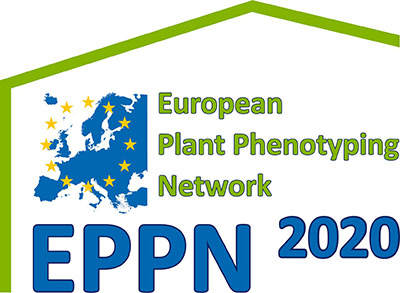Webinar: Deep Learning and SfM: a promising framework for agricultural automation – an example with grapes (and some apples)

Thiago Santos from the Brazilian Agricultural Research Corporation, Embrapa, will present a webinar, "Deep Learning and SfM: a promising framework for agricultural automation – an example with grapes (and some apples)," on Tuesday, December 10, 2019 at 3:00pm/15:00h BRT (UTC -3:00) as part of the IEEE RAS Technical Committee on Agricultural Robotics and Automation's (AgRA) webinar series.
Please register for this webinar here:
https://zoom.us/webinar/register/5015750410655/WN_kS1zOuKbRn6l9wrjldAjIg
Â
This webinar will also be broadcast with YouTube Live, which is an option from Zoom (registration not necessary if you are joining via YouTube Live).
Commenting and asking questions is still possible via YouTube Live. The link is not available beforehand, so check ~15 minutes before the webinar on Twitter, where I will post it publicly:
https://twitter.com/AgRoboticsTC
Â
All details, including a time zone converter, technical details, and presenter biography available here:
http://ieeeagra.com/events/webinar-december-10-2019/
Â
Title: Deep Learning and SfM: a promising framework for agricultural automation – an example with grapes (and some apples)
Â
Abstract: Differently of industrial applications, agricultural environments lack structured spatial data and well-defined settings.
Such an environment is complex and presents large variations between fields and even intra-field, so intelligent systems are needed for its dynamic interpretation. For example, in fruit growing, not even the number and the placement of fruits is known in advance, which imposes a challenge for any automation attempt. Fortunately, recent computer vision advances are able to automate the recovery of the 3-D structure of crop fields, by using techniques as structure-from-motion (SfM) and SLAM, and detect and classify objects of interest, such as plants, leaves and fruits, by using state-of-the art techniques in machine vision such as Convolutional Neural Networks (CNNs). In this presentation, we will focus on wine grapes, a crop presenting large variability in shape, color, and compactness. We can successfully detect grape clusters, and segment them using state-of-the-art CNNs. In a dataset containing 408 grape clusters from images taken on field, we have reached a F1-score up to 0.91 for instance segmentation, a fine separation of each cluster from other structures in the image that allows a more accurate assessment of fruit size and shape. We will also show that clusters can be identified and tracked along video sequences recording orchards rows, using 3-D information from a SfM system. We also will present a public dataset containing grape clusters properly annotated in 300 images and a novel annotation methodology for segmentation of complex objects in natural images. This computer vision pipeline can be replicated for different crops and production systems, and we will present a preliminary work with apples to illustrate that such a pipeline can be employed on the development of sensing components for several agricultural and environmental applications.

